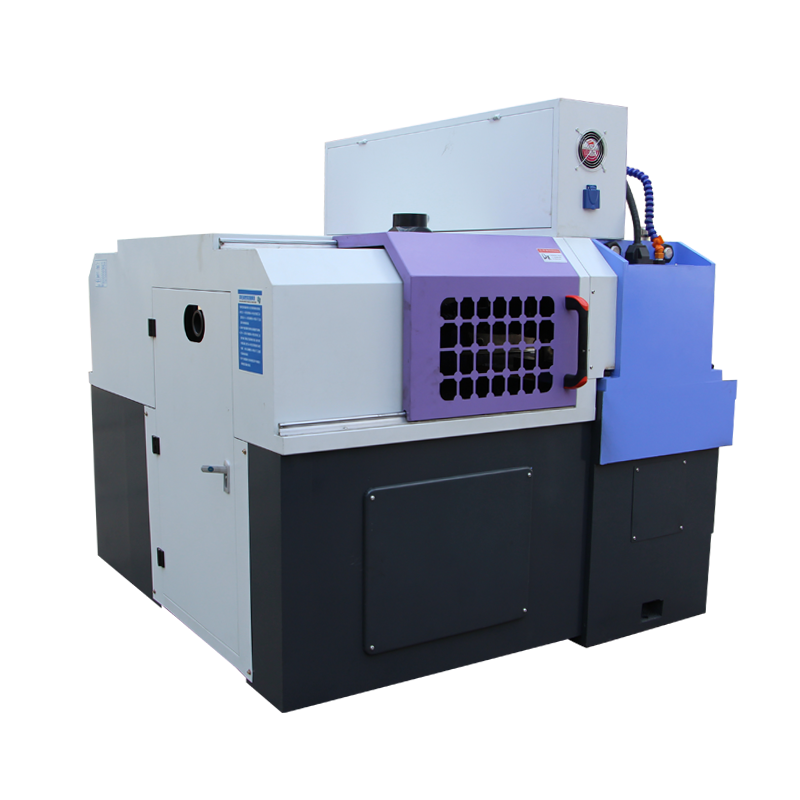
-
 Afrikaans
Afrikaans -
 Albanian
Albanian -
 Amharic
Amharic -
 Arabic
Arabic -
 Armenian
Armenian -
 Azerbaijani
Azerbaijani -
 Basque
Basque -
 Belarusian
Belarusian -
 Bengali
Bengali -
 Bosnian
Bosnian -
 Bulgarian
Bulgarian -
 Catalan
Catalan -
 Cebuano
Cebuano -
 Corsican
Corsican -
 Croatian
Croatian -
 Czech
Czech -
 Danish
Danish -
 Dutch
Dutch -
 English
English -
 Esperanto
Esperanto -
 Estonian
Estonian -
 Finnish
Finnish -
 French
French -
 Frisian
Frisian -
 Galician
Galician -
 Georgian
Georgian -
 German
German -
 Greek
Greek -
 Gujarati
Gujarati -
 Haitian Creole
Haitian Creole -
 hausa
hausa -
 hawaiian
hawaiian -
 Hebrew
Hebrew -
 Hindi
Hindi -
 Miao
Miao -
 Hungarian
Hungarian -
 Icelandic
Icelandic -
 igbo
igbo -
 Indonesian
Indonesian -
 irish
irish -
 Italian
Italian -
 Japanese
Japanese -
 Javanese
Javanese -
 Kannada
Kannada -
 kazakh
kazakh -
 Khmer
Khmer -
 Rwandese
Rwandese -
 Korean
Korean -
 Kurdish
Kurdish -
 Kyrgyz
Kyrgyz -
 Lao
Lao -
 Latin
Latin -
 Latvian
Latvian -
 Lithuanian
Lithuanian -
 Luxembourgish
Luxembourgish -
 Macedonian
Macedonian -
 Malgashi
Malgashi -
 Malay
Malay -
 Malayalam
Malayalam -
 Maltese
Maltese -
 Maori
Maori -
 Marathi
Marathi -
 Mongolian
Mongolian -
 Myanmar
Myanmar -
 Nepali
Nepali -
 Norwegian
Norwegian -
 Norwegian
Norwegian -
 Occitan
Occitan -
 Pashto
Pashto -
 Persian
Persian -
 Polish
Polish -
 Portuguese
Portuguese -
 Punjabi
Punjabi -
 Romanian
Romanian -
 Russian
Russian -
 Samoan
Samoan -
 Scottish Gaelic
Scottish Gaelic -
 Serbian
Serbian -
 Sesotho
Sesotho -
 Shona
Shona -
 Sindhi
Sindhi -
 Sinhala
Sinhala -
 Slovak
Slovak -
 Slovenian
Slovenian -
 Somali
Somali -
 Spanish
Spanish -
 Sundanese
Sundanese -
 Swahili
Swahili -
 Swedish
Swedish -
 Tagalog
Tagalog -
 Tajik
Tajik -
 Tamil
Tamil -
 Tatar
Tatar -
 Telugu
Telugu -
 Thai
Thai -
 Turkish
Turkish -
 Turkmen
Turkmen -
 Ukrainian
Ukrainian -
 Urdu
Urdu -
 Uighur
Uighur -
 Uzbek
Uzbek -
 Vietnamese
Vietnamese -
 Welsh
Welsh -
 Bantu
Bantu -
 Yiddish
Yiddish -
 Yoruba
Yoruba -
 Zulu
Zulu
Exploring Various Types of Thread Rolling Machines from Leading Manufacturing Factories for Industrial Use
Types of Thread Rolling Machine An Overview
Thread rolling machines are crucial in various manufacturing industries where the production of high-quality threaded components is necessary. These machines utilize the process of cold-forming to create threads on cylindrical parts, offering numerous advantages over traditional cutting methods, such as improved material strength, better surface finish, and reduced waste. Depending on the specific requirements of production, thread rolling machines can be categorized into several types, each designed for distinct applications.
1. Flat Die Thread Rolling Machines
Flat die thread rolling machines are one of the most commonly used types in the industry. They employ two flat dies that are pressed against the workpiece to create threads. This type of machine is ideal for producing external threads on cylindrical parts with relatively simple profiles. Flat die machines are often used for rolling small to medium-sized items like bolts, screws, and pins. Their design allows for quick changeovers between different die sets, making them suitable for batch production.
2. Circular Die Thread Rolling Machines
In contrast to flat die machines, circular die thread rolling machines use two cylindrical dies that rotate around the workpiece. This method is particularly beneficial for producing high-precision threads on round parts. Circular die machines can handle larger components and are often employed in automotive and aerospace industries where high strength and durability are required. The rolling process not only creates threads but also enhances the mechanical properties of the material due to the work hardening effect.
3. Universal Thread Rolling Machines
types of thread rolling machine factory

Universal thread rolling machines are flexible and can perform both external and internal thread rolling. These machines typically feature interchangeable tooling and can accommodate a variety of workpiece sizes and shapes. This versatility makes them ideal for manufacturers that require a wide range of threaded products. Universal machines are widely used in industries such as plumbing, fastening, and electronics, where diverse product types must be produced on the same equipment.
4. Multi-Station Thread Rolling Machines
For high-volume production, multi-station thread rolling machines come into play. These machines feature multiple rollers and can process several parts simultaneously, significantly increasing throughput. They are designed with automation in mind, often integrating with robotic systems to streamline the production flow. Multi-station machines are common in large manufacturing plants where efficiency and productivity are paramount, such as in the production of automotive components.
5. Programmable Thread Rolling Machines
Advancements in technology have led to the development of programmable thread rolling machines. These machines integrate computer numerical control (CNC) features, allowing for precise control over the rolling process. Operators can easily program different thread profiles and dimensions, making these machines perfect for producing complex shapes and configurations. Programmable machines are especially useful in industries that demand high levels of customization and rapid prototyping.
Conclusion
Selecting the right type of thread rolling machine is essential for achieving optimal production efficiency and quality. Each type of machine has its advantages and is suited for specific applications, ranging from simple rolled threads to complex and precise designs. As industries continue to evolve and demand more sophisticated threaded components, the thread rolling machine market is likely to expand, incorporating more advanced technology to meet these challenges. Whether for small-scale or large-scale production, understanding the different types of thread rolling machines will help manufacturers make informed decisions that align with their production needs and goals.
